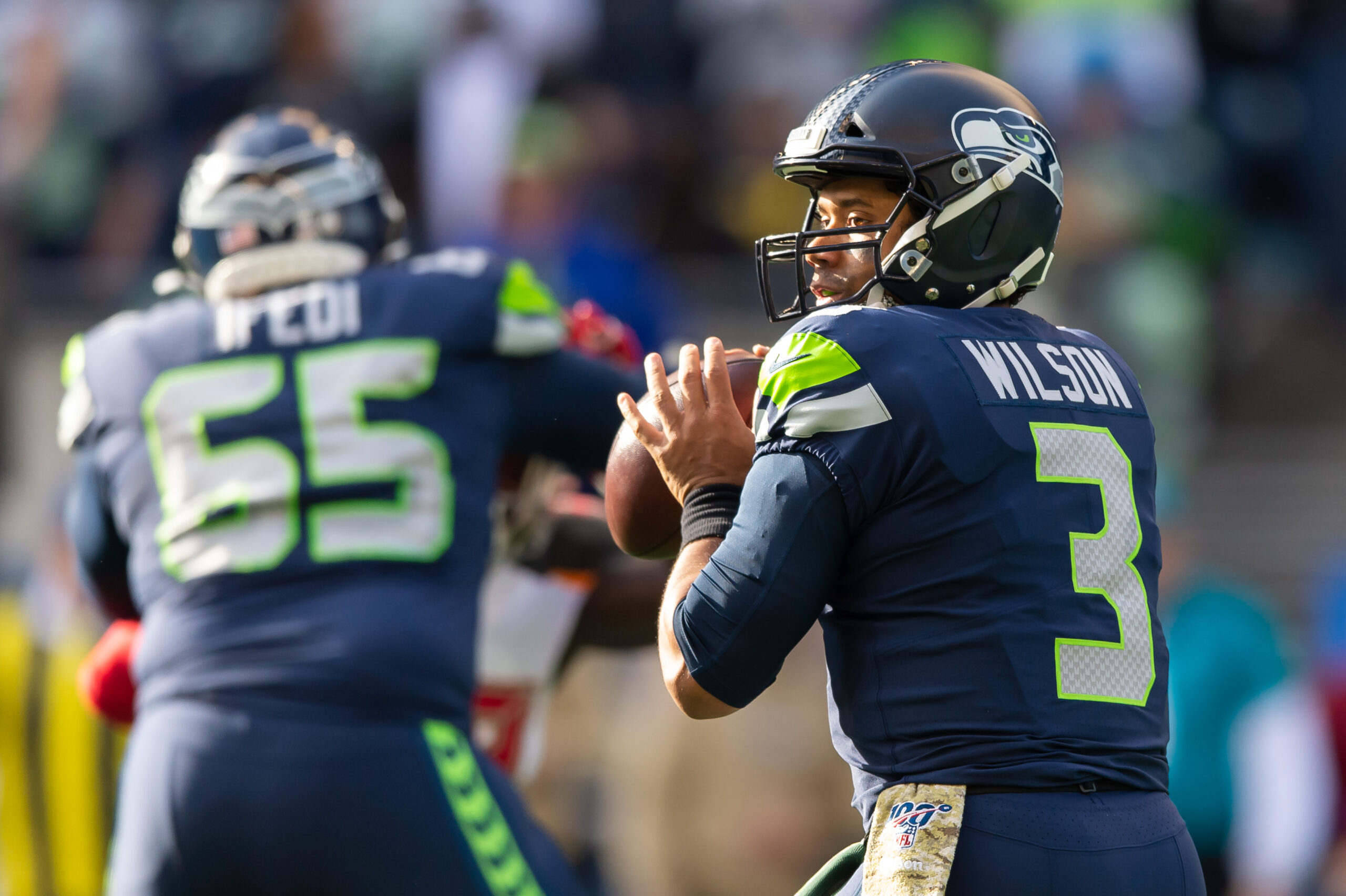Welcome to the second installation of subpar mock drafts.
Round 1, Pick 22: Christian Wilkins, IDL, Clemson
Wilkins, one of the most talented interior defensive linemen in the class, would be an immediate boon to the center of the defensive line in Baltimore. While he would not displace Michael Pierce as run stopping extraordinaire, the presence of Wilkins increases the versatility of the defensive line regardless of passing or rushing situation. As a whole, Wilkins is a great locker room guy and should be a welcome addition to any defensive line.
Round 3, Pick 85: JJ Arcega-Whiteside, WR, Stanford
Of any of the prospects, Arcega-Whiteside feels like a clone of Michael Crabtree. Both have exceptional body control and possess the innate ability to high-point the football in traffic and catch touchdowns. While neither have elite speed or elusive capabilities, they have refined movements and excellent ball skills. Both can have issues with drops, but many of the positives outweigh the negatives. If the Ravens are looking for the next Crabtree, look no further than the former Cardinal wideout.
Round 3, Pick 102: Antoine Wesley, WR, Texas Tech
Wesley offers many of the characteristics that Arcega-Whiteside does, but he lacks a strong body of work across multiple college seasons. At 6-foot-5, Wesley projects as a contested catch beast, but he needs refining in his technique at high-pointing the football. Wesley has rare elusiveness from such a tall player as many defensive backs struggle to tackle him in space. Wesley is a bit of a project, but he has a high motor and should develop into a quality wide receiver.
Round 4, Pick 113: Connor McGovern, IOL, Penn State
While not as polished as other interior line prospects, McGovern offers immense versatility and high-end upside. McGovern has collegiate experience at both guard and center so he could be effective down the line at either position. While not a Day 1 starter by any means, McGovern has fixable technique flaws which the Ravens (or any organization) would be keen on correcting. McGovern could slide in at right guard when stalwart Marshal Yanda retires in a few seasons.
Round 4, Pick 123: Sutton Smith, EDGE, Northern Illinois
Smith lacks the physical gifts to be an effective edge rusher in the NFL, but he has a high enough motor to potentially be an effective pass rush specialist. With minimal upside in the run game, Smith exploits a good burst, solid hand skills, and effort to achieve successes in the passing game. Smith will likely move to weakside linebacker and be involved heavily in special teams for his first few seasons regardless of where he goes. As a whole, Smith offers energy in small doses and could be successful in the NFL.
Round 5, Pick 160: Bryce Love, RB, Stanford
Love has immense concerns connected to his durability as he was unable to finish a full season in Palo Alto. However, Love offers fantastic acceleration and open-field speed. He does not project as a three-down back due to his inconsistencies as a receiver and as a pass protector. Love is a hard worker and possesses a strong motor. He could be an ideal change of pace back beside the likes of Mark Ingram, Kenneth Dixon, and Gus Edwards as he possesses high-end athleticism which counters their status as power-based backs.
Round 6, Pick 191: Benny Snell, RB, Kentucky
Snell has physical limitations based on his explosiveness and burst, but between the tackles, Snell is a workhorse back. At Kentucky, Snell excelled in a variety of schemes including zone and power alignments. Snell should be an effective goal-line back in the NFL. While Snell offers little in the way of receiving upside, he should be on the field on passing downs based solely on his prowess in pass protection. As a whole, Snell should be an effective back in the NFL based on his ability between the tackles and his capabilities in pass protection.
Round 6, Pick 193: Carl Granderson, EDGE, Wyoming
Granderson projects as a package linebacker with additional value coming from his work on special teams. Granderson lacks ideal traits, and he has an inconsistent distribution of effort. In the run game, he was successful at Wyoming due to his ability to split gaps and disrupt backs. As a pass rusher, Granderson utilizes his length to limited success as he presents himself too stiffly to be effective on a consistent basis. Granderson should be a solid tackler at the next level, enabling some flashes to be shown on special teams.




